Europe Gastronomy Cities
Bologna Gastronomy City
Bologna, the capital of Emilia-Romagna in Italy, boasts a rich tapestry of history, striking architecture, and lively culture. With its iconic medieval towers, extensive porticoes, and esteemed university, the city blends old-world appeal with contemporary sophistication.
At its core, Bologna's true essence lies in its food scene. The city's status as Italy's culinary hub is well-earned, showcasing the finest ingredients and time-honored cooking traditions of the region.
- Bologna is famed for its pasta creations, cured meats, and artisanal cheeses
- The city's food markets are essential stops for fresh, local produce
- Sampling authentic Bolognese specialties is a must for any food-focused visit
Why is Bologna a top spot for food enthusiasts
Bologna's culinary landscape reflects the city's rich heritage and cultural identity. Its moniker, "La Grassa" (The Fat One), speaks volumes about its food-centric character. From handcrafted pasta to artisanal cured meats and aged cheeses, Bologna's cuisine celebrates flavor and tradition.
A standout feature of Bologna's food scene is its dedication to preserving traditional cooking methods and recipes. Many eateries in the city have been family-owned for generations, ensuring that time-honored techniques and tastes continue to thrive.
The use of top-quality, locally sourced ingredients is another hallmark of Bolognese cooking. The fertile plains of Emilia-Romagna yield an abundance of fresh produce, while the nearby Po Valley is renowned for its exceptional dairy products.
What are the must-try dishes in Bologna
When visiting Bologna, there are several iconic dishes you shouldn't miss. Here's a list of the city's culinary stars:
- Tagliatelle al Ragù: Often mislabeled as "spaghetti bolognese" outside Italy, this dish features flat ribbon pasta served with a rich meat sauce. It's an authentic taste of Bologna.
- Tortellini in Brodo: These small, ring-shaped pasta pockets filled with meat are served in a flavorful broth. It's a comforting dish particularly popular during colder months.
- Mortadella: This large Italian sausage, finely ground and studded with cubes of pork fat, is a Bologna specialty. It's typically served thinly sliced as part of an antipasto platter.
- Parmigiano Reggiano: While not exclusive to Bologna, this famous cheese is produced in the surrounding region and features prominently in many local dishes.
- Lasagne Verdi alla Bolognese: A twist on classic lasagna, this version uses green pasta sheets (colored with spinach) layered with ragù and béchamel sauce.
Where are the top food markets in Bologna
Bologna's food markets are a sensory delight and an excellent way to experience the city's culinary culture firsthand. Here are two markets you should visit:
- Mercato delle Erbe: This indoor market is situated in the city center. It's packed with stalls offering fresh fruits, vegetables, meats, cheeses, and other local specialties. You'll also find several small eateries perfect for a quick bite.
- Mercato di Mezzo: Located in the historic Quadrilatero district, this three-story food hall is a modern take on the traditional market. It offers everything from fresh produce to artisanal pasta, along with bars and restaurants serving local specialties.
These markets are more than just shopping venues - they're social hubs where locals gather to chat, sample products, and enjoy a coffee or a glass of wine. Visiting them offers a genuine glimpse into Bologna's food culture.
How can I enjoy Bologna's food scene on a budget
Savoring Bologna's food scene doesn't have to be expensive. Here are some tips for budget-friendly eating in the city:
- Try aperitivo: Many bars in Bologna offer aperitivo in the early evening. For the price of a drink, you can enjoy a buffet of snacks and small dishes.
- Sample street food: Bologna has excellent street food options. Look for places selling piadina (a type of flatbread sandwich) or crescentine (fried bread dough).
- Shop at the markets: Purchase some local cheese, cured meats, and bread from the markets and have a picnic in one of the city's parks.
- Find student-friendly spots: As a university town, Bologna has plenty of affordable eateries catering to students.
- Choose lunch over dinner: Many restaurants offer fixed-price lunch menus that are more affordable than their dinner options.
Remember, in Bologna, quality food doesn't always come with a high price tag. Some of the city's best culinary experiences can be found at modest trattorias and local markets.
What's special about Bologna's pasta
Pasta is a big part of Bologna's culinary identity, and the city is known for several varieties. Here's a quick guide to some of Bologna's most famous pasta types:
| Pasta Type | Description |
| Tagliatelle | Long, flat ribbons, often served with ragù |
| Tortellini | Small, ring-shaped filled pasta |
| Tortelloni | Larger version of tortellini |
| Lasagne | Wide, flat sheets used in layered dishes |
Each of these pasta types has its own traditional preparations and sauces. For instance, tortellini are often served in broth, while tagliatelle are typically paired with meat sauce.
One important note: you won't find spaghetti bolognese in Bologna. This dish, popular outside of Italy, is not actually a traditional Bolognese recipe. Instead, try the authentic tagliatelle al ragù.
Are there cooking classes for Bolognese cuisine
Yes, there are! Taking a cooking class is an excellent way to get to know Bologna's food culture better. Many local chefs and cooking schools offer classes where you can learn to make traditional dishes like fresh pasta, ragù, and more.
Here are a few options to consider:
- CIBO - Culinary Institute of Bologna: Provides a range of classes, from pasta making to full Bolognese menu courses.
- Le Cesarine: This network connects visitors with local home cooks for private cooking classes and meals.
- Bologna Cooking School: Offers hands-on classes where you can learn to make classic Bolognese dishes.
These classes not only teach you cooking skills but also provide context about the history and culture behind Bologna's cuisine. Plus, you get to eat what you cook!
What about Bologna's wine culture
While Bologna might not be as well-known for its wines as some other Italian regions, it still has a thriving wine scene. The Emilia-Romagna region produces several notable wines that pair well with local cuisine.
Some local wines to try include:
- Pignoletto: A crisp, refreshing white wine
- Lambrusco: A slightly sparkling red wine, ideal for pairing with cured meats
- Sangiovese di Romagna: A full-bodied red wine
Many restaurants in Bologna have excellent wine lists featuring both local and national wines. Feel free to ask your server for recommendations on wine pairings with your meal.
For a more in-depth wine experience, visit an enoteca (wine bar) where you can sample a variety of wines by the glass. Some enotecas also offer guided tastings where you can learn more about the region's wines.
What sets Bologna's food culture apart
Bologna's food culture is deeply rooted in tradition, yet it continues to grow and change. Here are a few things that make Bologna's food scene unique:
- Slow Food Movement: Bologna is a key player in the Slow Food movement, which emphasizes traditional and regional cuisine, and locally grown ingredients.
- Food Museums: The area around Bologna is home to several food museums dedicated to specific products like Parmigiano Reggiano, balsamic vinegar, and prosciutto.
- Protected Status: Many of the region's food products have Protected Designation of Origin (PDO) status, ensuring their quality and authenticity.
- University Influence: As a major university city, Bologna has a youthful energy that shapes its food scene, mixing traditional cuisine with modern innovations.
- Communal Dining: Many restaurants in Bologna encourage shared dining experiences, with long tables where strangers might sit together, creating a friendly atmosphere.
These elements come together to create a food culture that's both deeply traditional and surprisingly dynamic.
FAQs
When's the ideal time to visit Bologna for food lovers?
The best time for food enthusiasts to visit Bologna is during the autumn months (September to November). This is when many seasonal ingredients are at their best, including truffles, porcini mushrooms, and chestnuts. Plus, the weather is usually mild and perfect for enjoying outdoor dining.
Are there food festivals in Bologna?
Yes, Bologna hosts several food festivals throughout the year. One of the most notable is the Mortadella Bò, a festival celebrating Bologna's famous mortadella. It typically takes place in October and features tastings, cooking demonstrations, and more.
Can vegetarians find good options in Bologna?
While Bologna is known for its meat dishes, vegetarians can still find plenty to eat. Many restaurants offer vegetarian options, and dishes like parmigiana di melanzane (eggplant parmesan) are naturally meat-free. However, it's always wise to check with the restaurant, as some traditional dishes may contain meat products in unexpected ways.
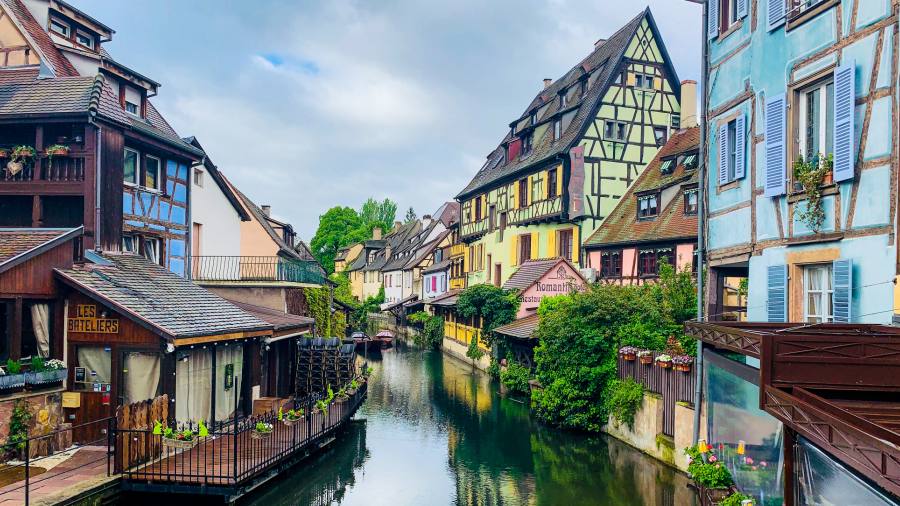
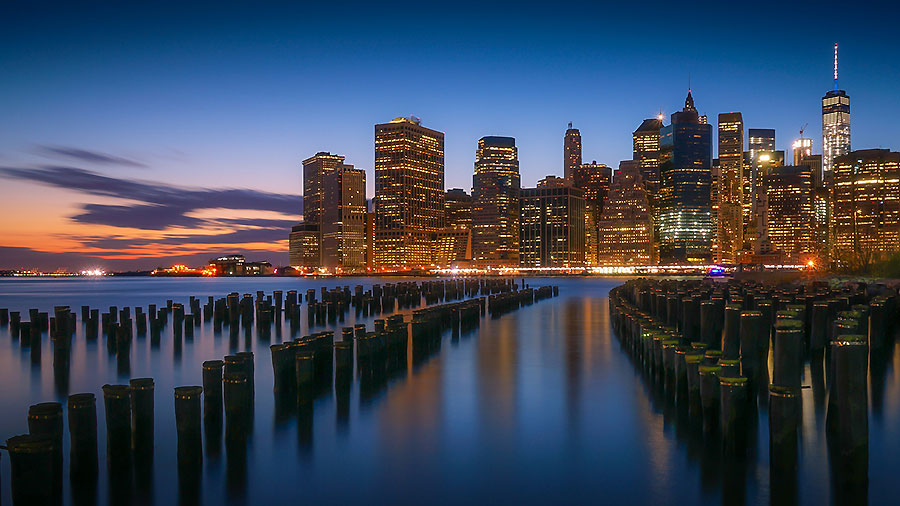

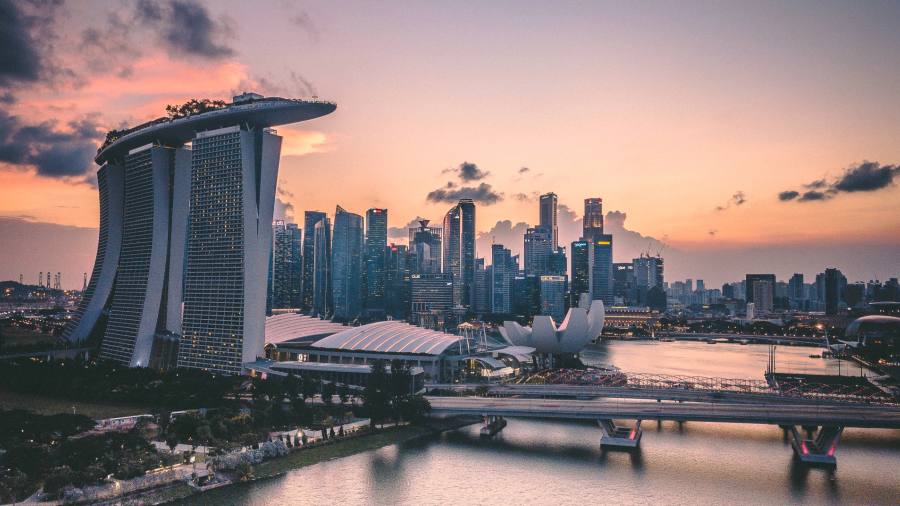
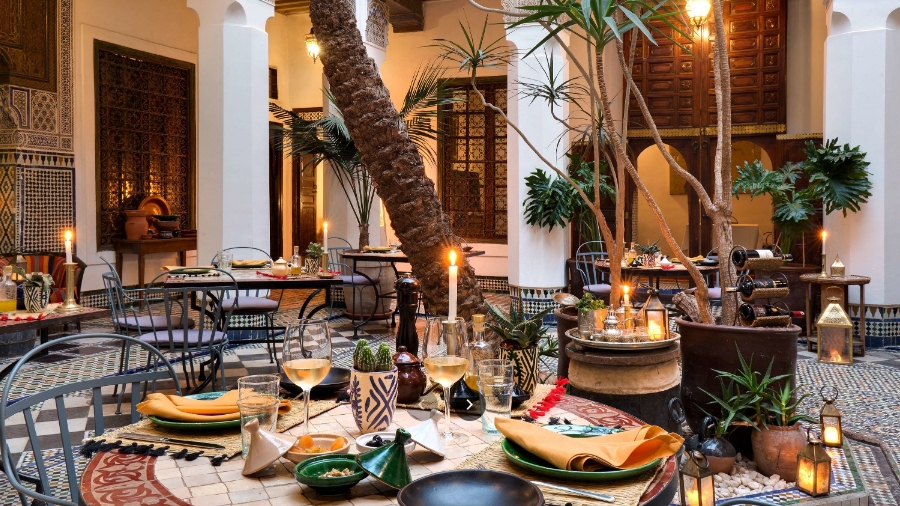


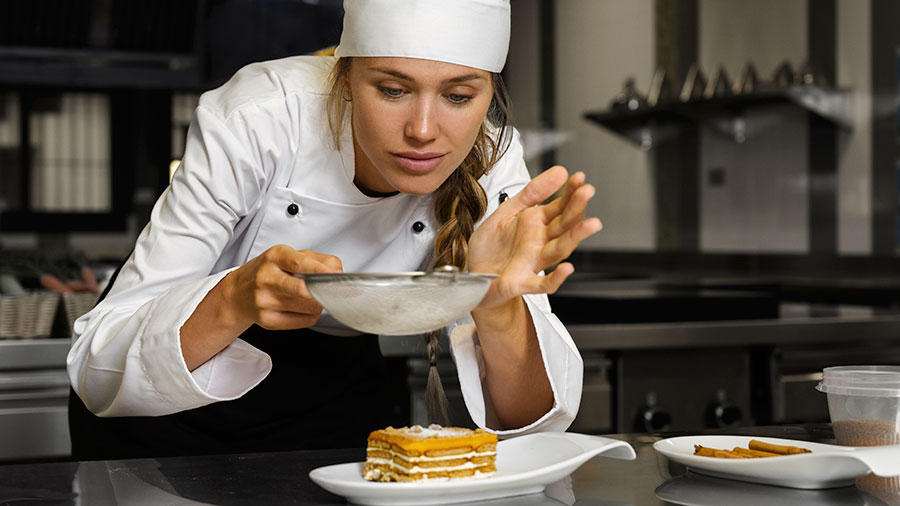
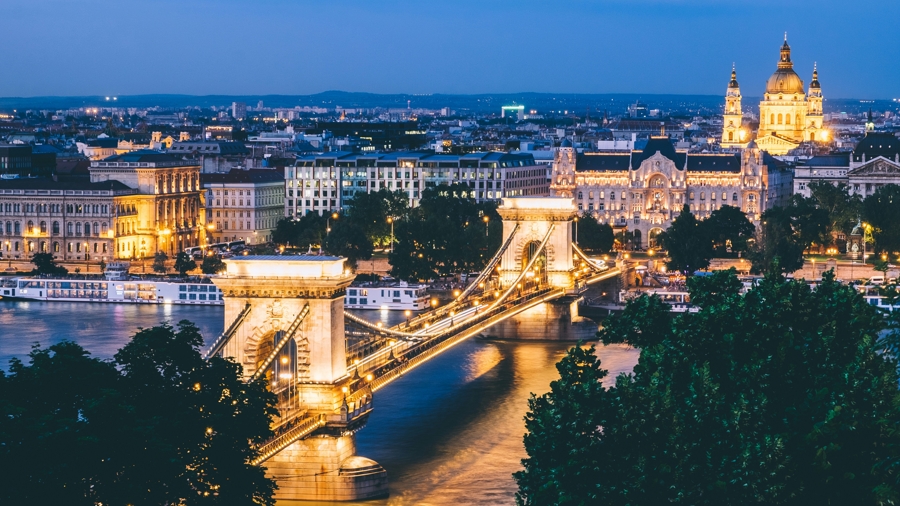
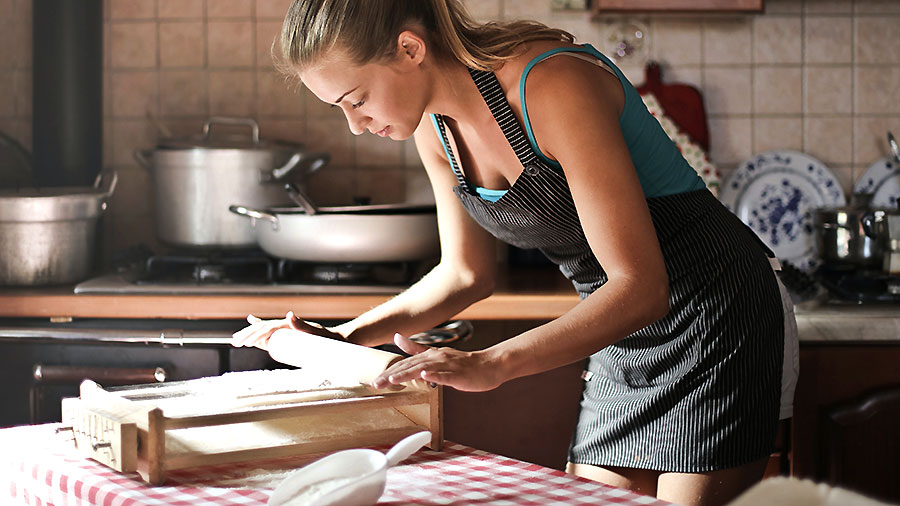
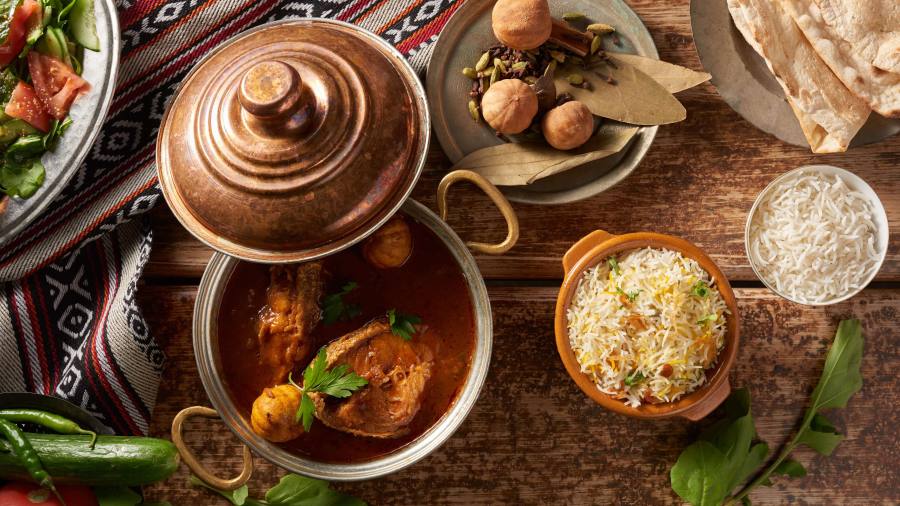

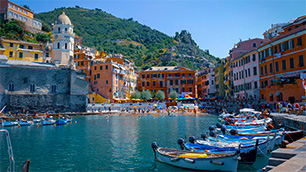 Gastronomy Cities
Gastronomy Cities
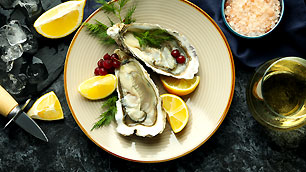 Amazing Food
Amazing Food
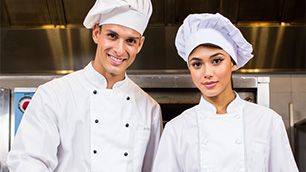 Chef's Talk
Chef's Talk